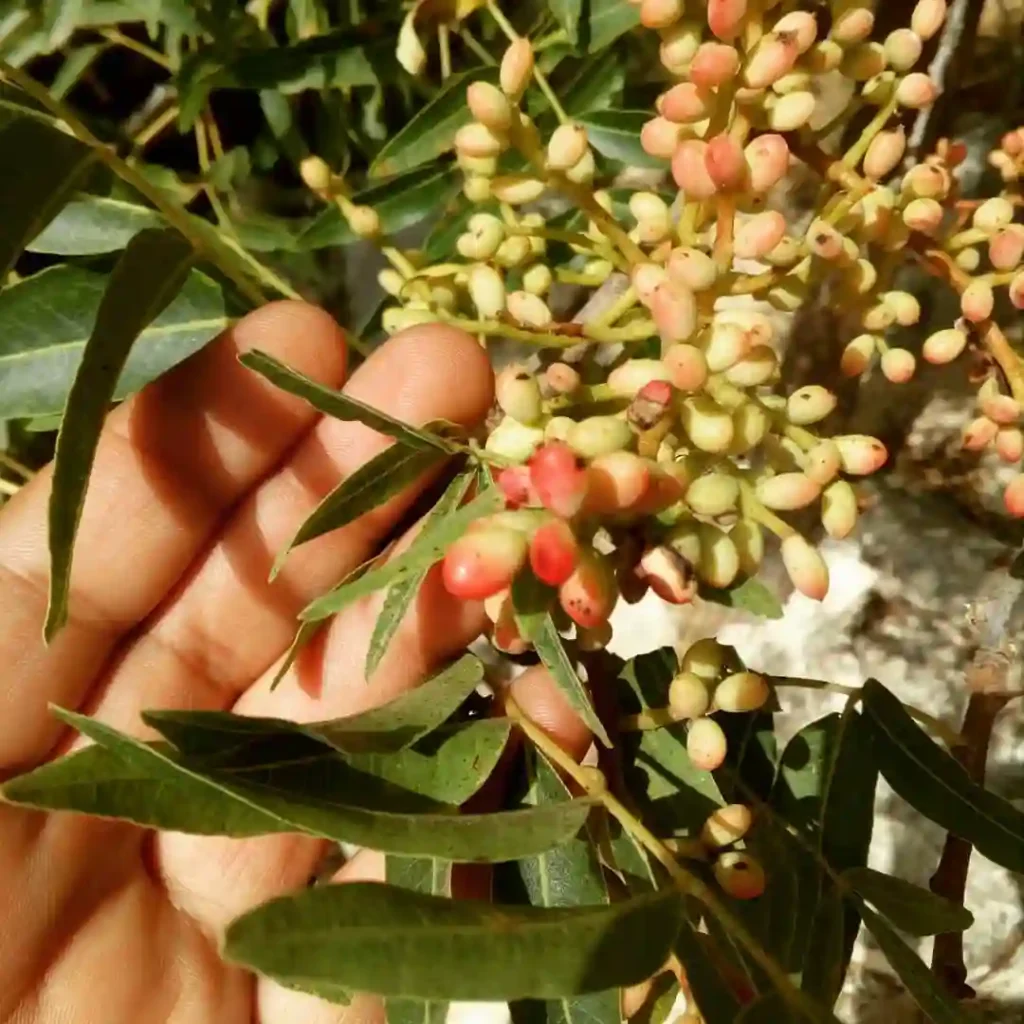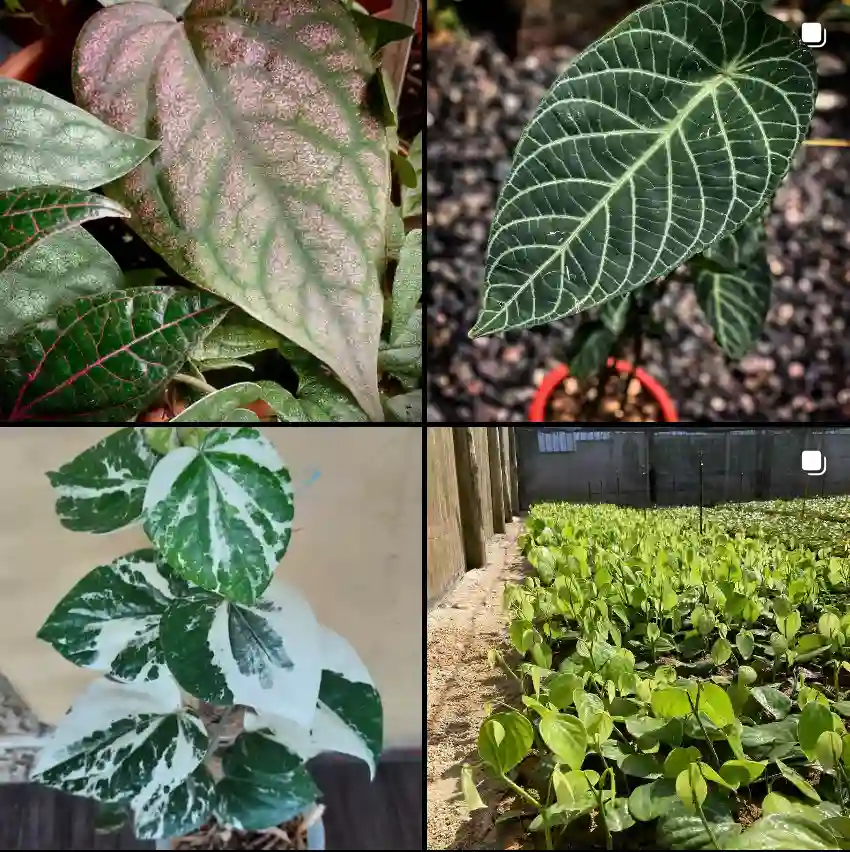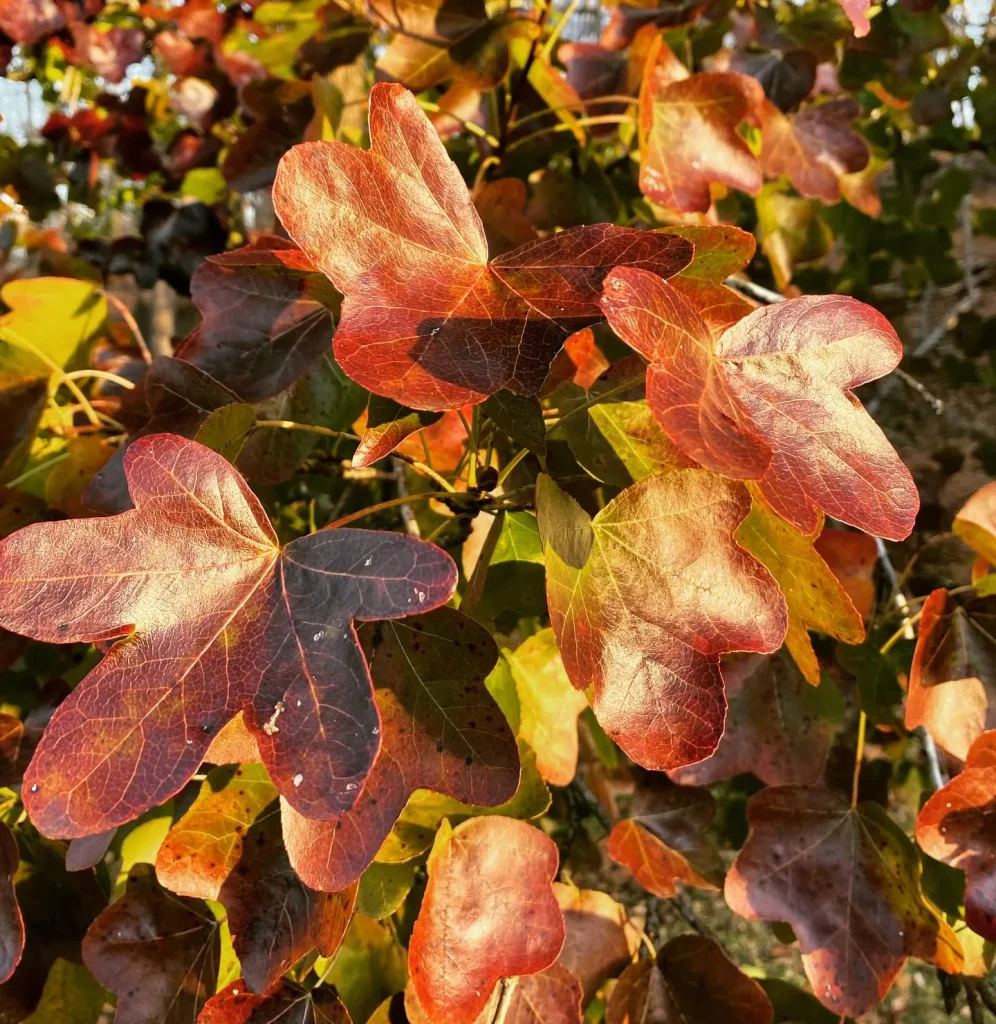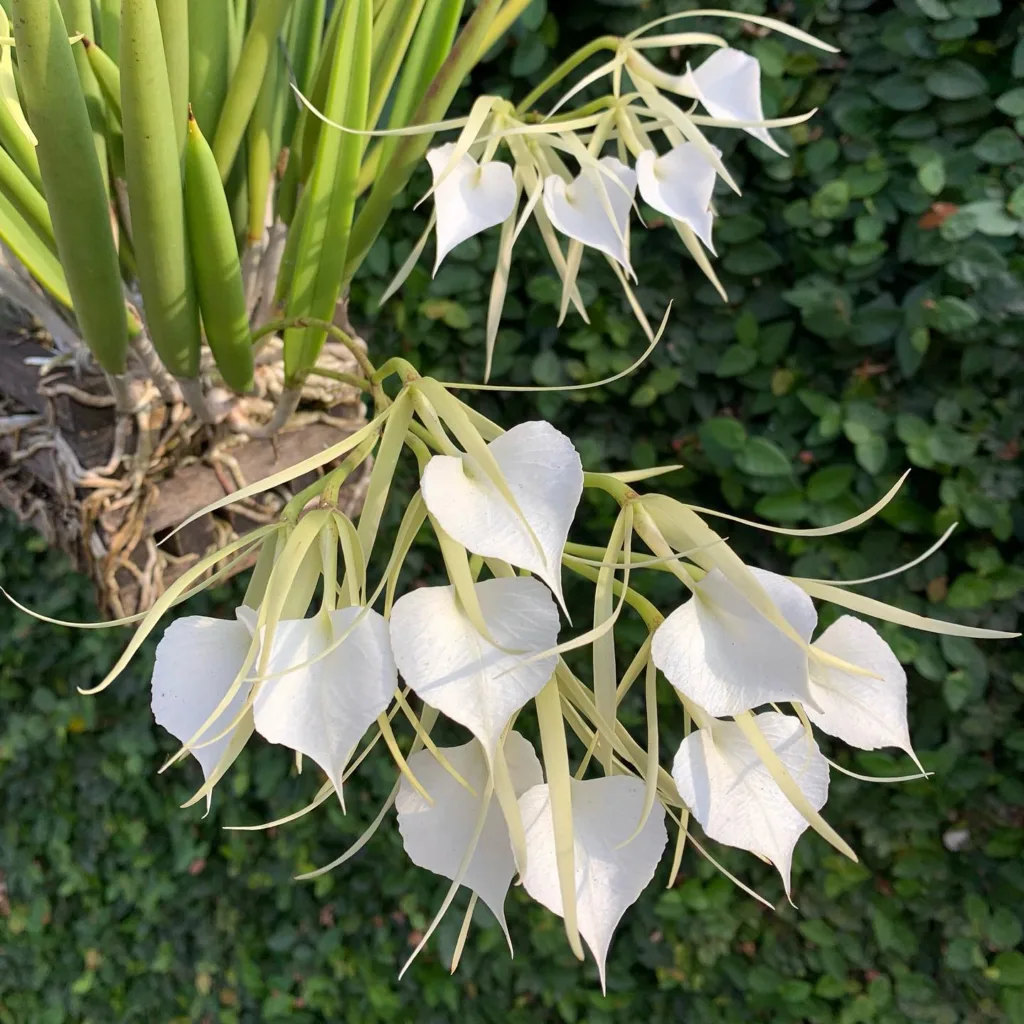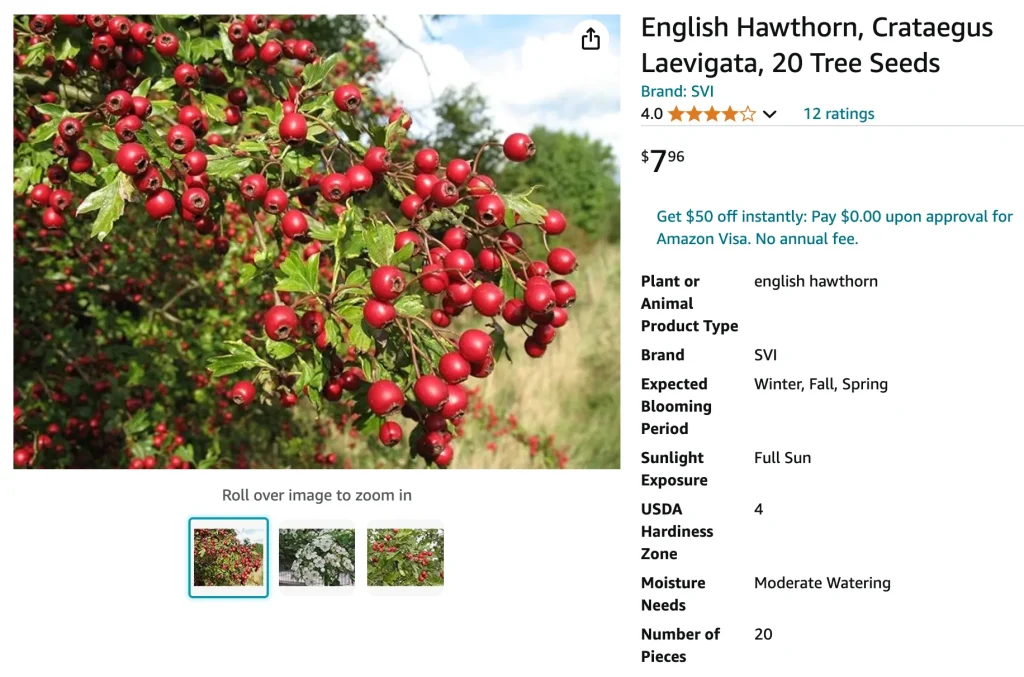
FAQs About Crataegus Laevigata
Crataegus Laevigata, commonly known as the English Hawthorn or Smooth Hawthorn, is a fascinating plant with a rich history and a range of practical uses. Having grown and cared for this plant myself, I’ve encountered many questions about it. Here’s a comprehensive guide to understanding Crataegus Laevigata, from basic care to its benefits and common issues.
267 Species in Genus Crataegus
What is Crataegus Laevigata?
Crataegus Laevigata, or English Hawthorn, is a small deciduous tree or shrub native to Europe. It belongs to the Rosaceae family, which also includes apples, pears, and roses. This plant is recognized for its dense, thorny branches, white or pinkish flowers, and small red berries that appear in late summer. Its ability to adapt to various soil types and its striking appearance make it a popular choice for ornamental gardening.
How to Care for Crataegus Laevigata?
Caring for Crataegus Laevigata requires attention to several key factors:
- Light: English Hawthorn thrives in full sun to partial shade. A location that gets at least six hours of sunlight per day is ideal.
- Soil: It prefers well-drained soil, though it can tolerate a range of soil types, including clay and sandy soils. Ensuring good drainage is crucial to prevent root rot.
- Watering: While drought-tolerant once established, Crataegus Laevigata benefits from regular watering, especially during dry periods. Water the plant deeply but infrequently.
- Pruning: Prune in late winter or early spring to remove dead or diseased branches and to shape the plant. Regular pruning helps maintain a balanced structure and promotes healthy growth.
- Fertilizing: Apply a balanced fertilizer in early spring to support vigorous growth and flowering.
How to Propagate Crataegus Laevigata?
Propagating Crataegus Laevigata can be done through several methods:
- Seed: Sow seeds in a cold frame or indoor nursery in late winter or early spring. Seeds need a period of cold stratification to germinate effectively. Expect germination in a few weeks.
- Cuttings: Take semi-hardwood cuttings in late summer. Dip the cut end in rooting hormone and plant in a well-draining medium. Keep the cuttings in a warm, humid environment until roots develop.
- Layering: Bend a low branch to the ground, cover it with soil, and pin it down. After a few months, roots should form, and you can separate the new plant from the parent.
What to Plant With Crataegus Laevigata?
Crataegus Laevigata pairs well with various plants in the garden:
- Perennials: Planting with perennials like Echinacea or Lavandula enhances visual interest and provides contrasting textures.
- Shrubs: Companion shrubs such as Spiraea or Weigela complement its appearance and create a layered effect.
- Ground Covers: Thyme or Creeping Jenny can be used as ground covers around the base, adding color and texture while reducing weeds.
Is Crataegus Laevigata Toxic?
Crataegus Laevigata is generally not considered toxic to humans or animals. However, its berries should be consumed in moderation, as large quantities might cause mild digestive discomfort. As always, it’s best to consult a medical professional if there are any concerns about ingestion.
Benefits of Crataegus Laevigata
Crataegus Laevigata offers several benefits:
- Aesthetic Appeal: Its white or pink flowers and vibrant red berries make it a striking addition to any garden.
- Wildlife Attraction: The plant attracts birds, which feed on its berries. It also provides habitat and shelter for various wildlife species.
- Medicinal Uses: Historically, Crataegus Laevigata has been used in herbal medicine for its potential cardiovascular benefits. It’s known to support heart health and improve circulation.
Common Problems with Crataegus Laevigata
Despite its robustness, Crataegus Laevigata can face a few issues:
- Leaf Spot: This fungal disease causes dark spots on leaves. Improve air circulation around the plant and remove affected leaves to manage it.
- Powdery Mildew: This fungal condition appears as a white powdery substance on leaves. It can be treated with fungicides and by ensuring proper spacing and airflow.
- Pests: Watch for aphids and spider mites, which can be controlled with insecticidal soap or neem oil.
How Does Crataegus Laevigata Compare with Similar Plants?
Crataegus Laevigata is often compared to Crataegus Monogyna, another hawthorn species. Here’s how they differ:
- Crataegus Monogyna: Also known as the Common Hawthorn, it has slightly larger leaves and is more tolerant of poor soil conditions. Its flowers are typically white, while Crataegus Laevigata may have pinkish blooms.
- Crataegus Pinnatifida: Known as the Chinese Hawthorn, it features more deeply lobed leaves and smaller berries compared to Crataegus Laevigata.
Understanding these distinctions can help in selecting the right hawthorn for your garden or landscape needs.
In summary, Crataegus Laevigata is a versatile and visually appealing plant with numerous benefits and a few manageable challenges. With proper care and attention, it can thrive in various garden settings and provide both beauty and practical value.
If i die, water my plants!
